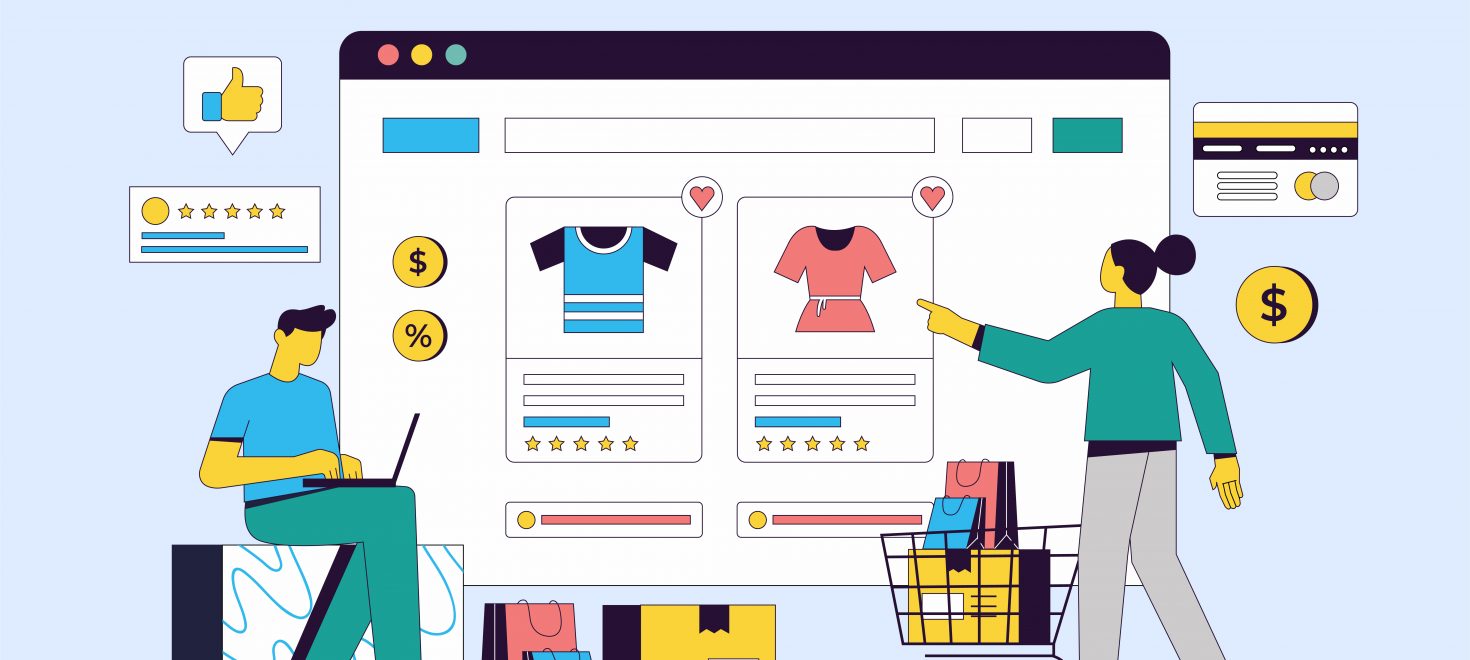According to a 2022 survey by customer-experience platform Narvar, nearly two-thirds of shoppers reported bracketing their purchases. And the trend is becoming more and more of the norm with 15% of shoppers saying that bracketing is just how they shop now.
But why? Well, in short, bracketing is really convenient.
Bracketing effectively gives customers the ability to bring the fitting room to their home. Customers can order dozens of items right to their door to try them out at their own pace, compare them with other items they already own, and then just return whatever they don’t want. The convenience and comfort of bracketing makes trips to the store obsolete.

What bracketing is doing to the retail industry:
While bracketing may be great for customers, it has catastrophic repercussions for the retail industry.
The practice of over-ordering that we see with bracketing is a reflection of the crisis we see with over-consumption when discussing sustainability. Customers don’t realize that the bulk of the items they return may never see store shelves again.
2.5 million tons of waste caused by returns alone.
Instead of reselling returned items, some brands opt to destroy or discard them— both of which have negative environmental impacts. The retail industry, specifically the fashion sector, is responsible for 11.3 million tons of textile waste discarded annually and 10% of global CO2 output. Bracketing only adds more fuel to the fire that is the alarming environmental impact of the fashion industry.
In addition to being destructive for the planet, discarding or destroying returned items is also harmful for the retailer. Not only do returns decrease the revenue retailers make from sales, but they may actually end up costing retailers money from shipping, digital transaction, and even storage fees. Even for retailers that elect to resell returned items, they may never make up the revenue they lose since less than half of returns can actually be resold for the full price.
The takeaway? Returns are bad news all around, and with bracketing dramatically increasing the rate at which returns are being made, the retail industry is about to face a massive chain reaction.
Implementation of Bracketing Strategies
Retailers execute bracketing strategies by offering similar products with different features, qualities, or packaging at various price points. For instance, a clothing retailer might provide a particular style of jeans in both regular and premium quality fabrics, each priced differently to cater to customers with different budget preferences.
Additionally, retailers might introduce product bundles or packages, combining related items at a bundled price lower than the individual sum of the items’ prices. This entices customers who perceive value in purchasing multiple items together.
Advantages and Benefits of Bracketing in Retail
Expanded Customer Base: Bracketing allows retailers to target diverse consumer segments, attracting both price-sensitive customers and those willing to pay a premium for additional features or quality.
Revenue Maximization: By offering products at multiple price points, retailers can capture a wider market share and maximize revenue potential. This strategy leverages customers’ varying price perceptions and willingness to pay.
Customer Personalization: Bracketing facilitates a personalized shopping experience, catering to individual preferences and budget considerations, thereby enhancing customer satisfaction and loyalty.
Market Insights: Through analyzing sales data from different price points, retailers gain valuable insights into consumer preferences and demand elasticity, aiding in informed decision-making for future product offerings and pricing strategies.

Challenges and Considerations
While bracketing presents several advantages, it also comes with challenges. Managing inventory effectively across multiple price points, ensuring consistency in product quality, and avoiding customer confusion about product differences are some challenges retailers may face when implementing bracketing strategies.
Conclusion
Bracketing has emerged as a compelling pricing strategy in the retail landscape, offering retailers a flexible approach to cater to diverse consumer segments. By understanding customer preferences and willingness to pay at different price levels, retailers can strategically position their products to maximize sales and profitability.
In an era where consumer preferences and market dynamics continually evolve, embracing bracketing as a pricing strategy empowers retailers to adapt and thrive in the ever-changing retail landscape.
Read Narwar’s article on bracketing here.

Anvesh Kumar
Consultant


Leave a Comment